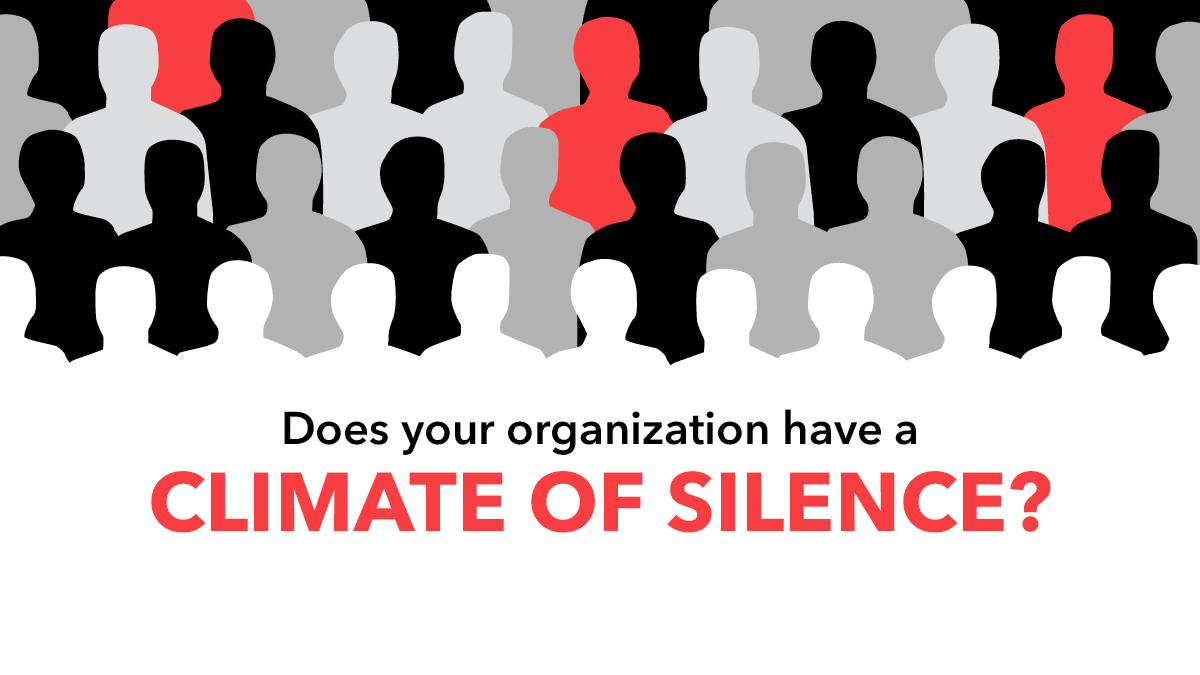Interrupting Sexism at Work
Interrupting Sexism at Work is a research initiative exploring organizational conditions that encourage or discourage men from responding when they witness incidences of sexism in the workplace. The initiative includes countries in North America, Europe, and Asia Pacific.

Masculine Anxiety and Interrupting Sexism at Work (Report)
Learn what masculine anxiety is and how it links to interrupting or not interrupting sexism in the workplace.
Read more
How Organizations Can Encourage Men to Interrupt Sexism (Report)
What can organizations do to help men become better partners in the struggle against workplace sexism?
Read more
How Combative Cultures Prevent Men from Interrupting Sexism (Infographic)
Combative cultures prevent men from interrupting sexism at work. Learn about combative cultures and how leaders can build inclusive workplaces.
Read more
Interrupting Sexism at Work: How Men Respond in a Climate of Silence (Report)
New Catalyst research reveals that a climate of silence hinders men’s willingness to interrupt sexist behavior.

How To Tackle Negative Workplace Climates Head-On: A Guide for Senior Leaders and Managers (Tool)
Learn to identify the symptoms of three negative organizational conditions found to impact men’s decisions not to interrupt sexism.

Interrupting Sexism at Work: What Drives Men to Respond Directly or Do Nothing? (Report)
New Catalyst research examines what influences men’s willingness and ability to interrupt sexism at work.

When Managers Are Open, Men Feel Heard and Interrupt Sexism (Report)
Managers are uniquely positioned to make men feel their voices are welcome and to contribute to a culture of openness.

Men at Work: Questionnaire About Masculinity In the Workplace (Tool)
Answer these thought-provoking questions to become more aware of how expectations for men’s behavior affect you and your colleagues.

How Combative Cultures Prevent Men from Interrupting Sexism (Infographic)
Combative cultures prevent men from interrupting sexism at work. Learn about combative cultures and how leaders can build inclusive workplaces.

Men’s Stories of Interrupting Sexism (Report)
Men committed to gender advocacy share their stories and insights. Available in English and French.

Does Your Organization Have a Climate of Silence? (Infographic)
Organizational silence prevents men from speaking up against sexism at work. Learn the warning signs leaders should look out for.

Comment les cultures combatives empêchent les hommes d’interrompre le sexisme (Infographie)
Découvrez ce qu'est une culture combative et comment les dirigeants peuvent créer des lieux de travail plus inclusifs.

Un Alto al Sexismo en el Trabajo: Cómo Responden los Hombres en un Clima de Silencio Organizacional (Reporte)
Investigación reciente de Catalyst revela que un clima de silencio dificulta la disposición de los hombres de interrumpir el comportamiento sexista.